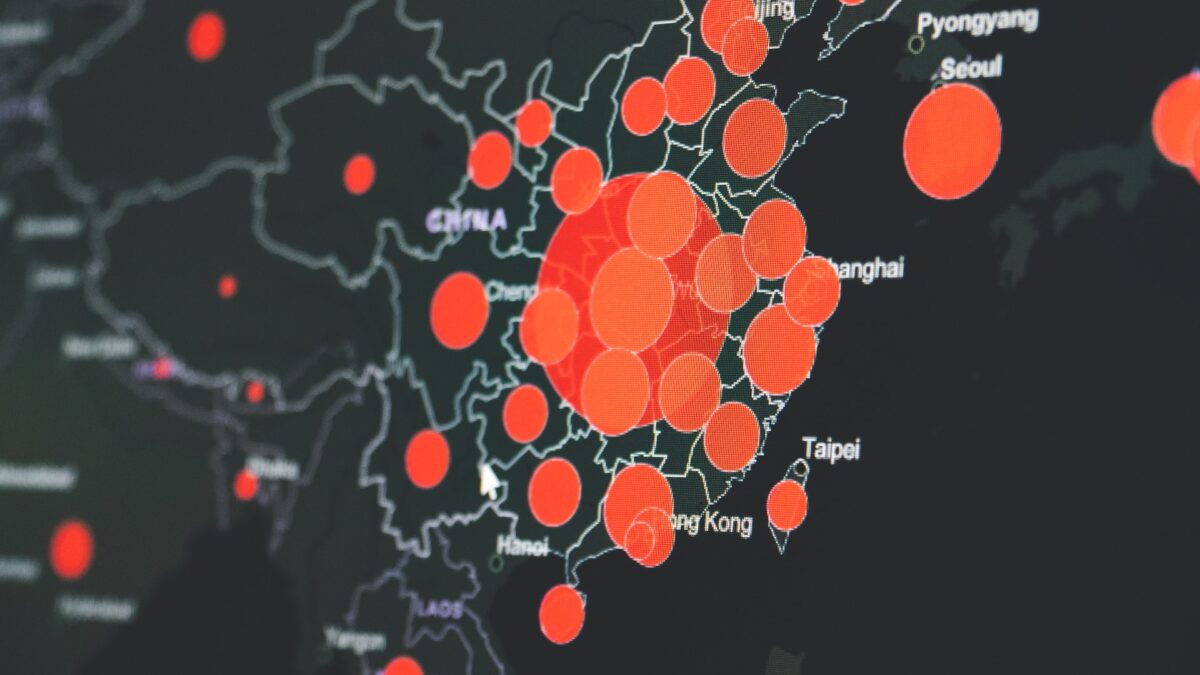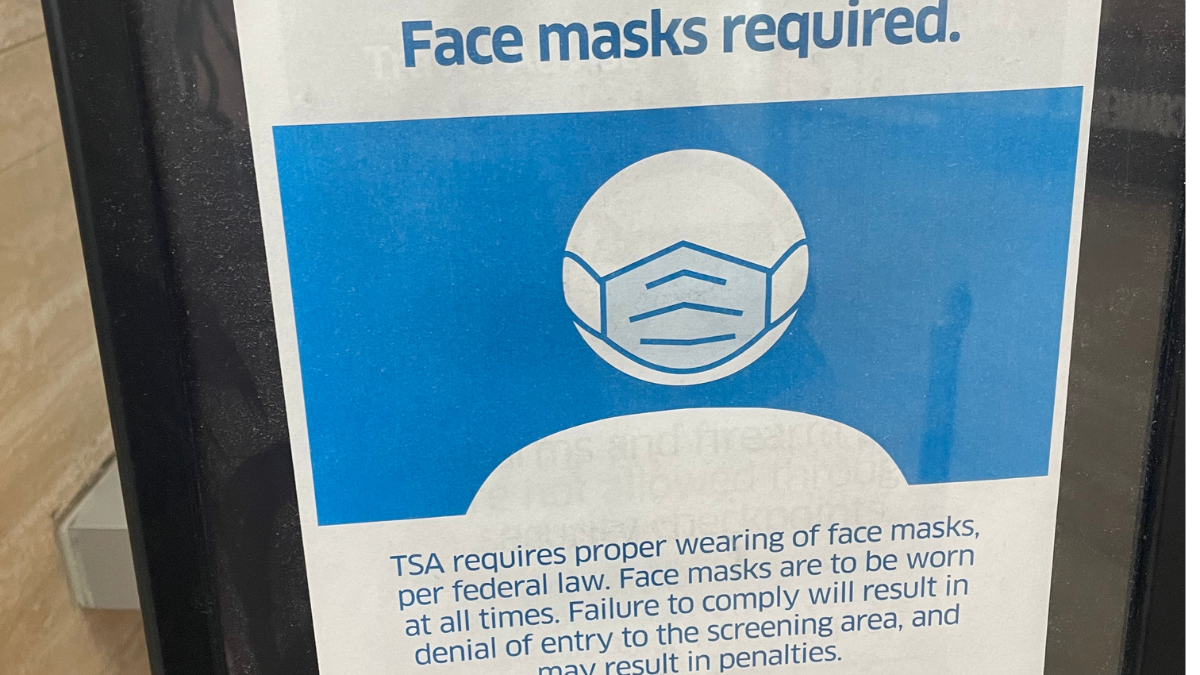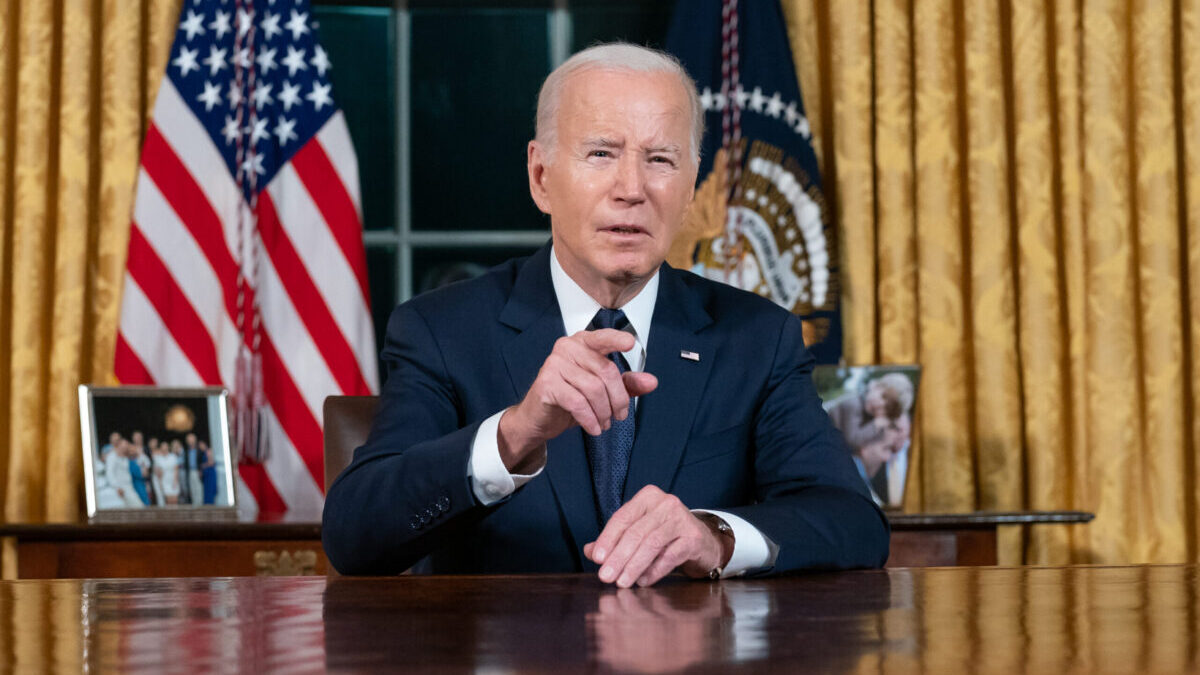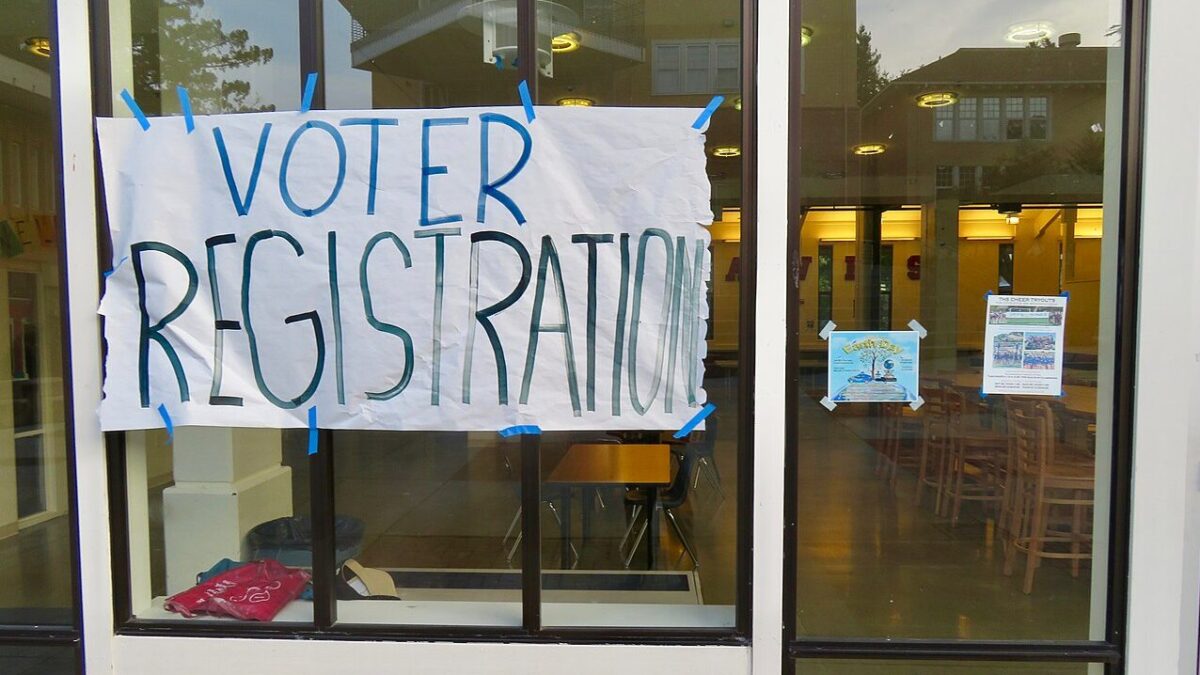
Colorado Democratic Gov. Jared Polis announced the state would let its stay-at-home order expire, allowing some noncritical businesses and retail stores to reopen on Monday, April 27. The announcement came one week after hundreds of anti-lockdown protesters gathered at the state capitol to demand the state reopen and ease the restrictions put in place to “flatten the curve” of the coronavirus.
What Does the Safer-at-Home Order Mean?
The new order takes a phased approach, with the goal of maintaining 60-65 percent social distancing. Starting this week, personal services such as hair and nail salons and tattoo parlors may open with strict precautions. A number of women I talked to have already made their hair appointments. Apparently, getting their hair done is at the top of many people’s to-do lists after more than a month of lockdown.
Elective medical procedures resume this week but have to follow strict precautions, including the use of personal protective equipment (PPE). Back in January, one of my friends made a minor outpatient surgery appointment for this Friday. She thought her doctor would postpone it, but she found out last week the surgery is still on. She did have to go in one week earlier to get some additional tests, including a COVID-19 antibody test, which came back negative. So she is ready to go this week.
Child care facilities are open, but K-12 schools remain closed, which doesn’t make any sense. Colorado’s own coronavirus data shows that those under age 19 have very low infection and death rates. The death rate for children ages 0-9 is 0 percent, and ages 10-19 is 0.14 percent.
Reopening schools would allow parents who have school-aged children to return to work if they still have their jobs. Furthermore, for children from disadvantaged backgrounds, going to school means more than getting an education. It means getting their only hot meal of the day and being safe from possible physical, mental, and even sexual abuse.
Restaurants, bars, and event venues are still allowed to do only takeout and delivery under Polis’ new order. The governor promised to explore a phased-in, reduced-capacity opening plan. Coloradans hope he will announce something soon. Otherwise, not many restaurants and bars will be left.
On May 1, many retail stores will open, provided they follow the six-foot social distance rule with floor decals, one-way aisles, and all employees wearing face masks. On May 4, noncritical offices are allowed to open up to 50 percent of their capacity with strict precautions. The state is advising large workplaces to have symptom and temperature checks.
Polis asked the general public during the safer-at-home period to stay home unless it is necessary to go out, wear face coverings outside the house, and conduct no gatherings with more than 10 people or vulnerable populations, including seniors and people with underlying health conditions.
Not all Colorado local governments are following the governor’s order. Eagle County, which reported 535 infected cases, requested and received an exemption from Polis’ stay-at-home order and the 10-or-fewer gathering rule on April 23. Several counties, including Denver, extended their stay-at-home orders to May 8. In these counties, neighborhood playgrounds and tennis courts are still sealed by bright yellow police tape as if they are crime scenes, a depressing sight.
How Has COVID-19 Affected Colorado?
Colorado’s coronavirus data shows that as of April 27, Colorado has 13,879 cases, 2,485 hospitalized, and 706 deaths. For a state of close to 5.8 million people, the infection rate is about 0.24 percent. Among Colorado’s 64 counties, only four have more than 1,000 cases. Fifty-two counties have fewer than 200 cases, including eight having zero cases and 29 having 20 cases or fewer.
Every infected person deserves our support. Still, some Coloradans are asking whether it was necessary for Polis to put the entire state under the same stringent stay-at-home order for more than a month, given the small number of cases in the majority of the state.
Colorado, like the rest of the country, has seen unprecedented job losses as a result of government lockdown. Colorado’s March unemployment rate was 4.5 percent, the highest in the state since August 2015. Many suspect April’s number will be even higher.
One chiropractor said his business would not be reopening, concerned it would be hard to wear all the PPE while treating patients. I heard similar concerns from a dentist. Since the chiropractor was going to retire in a few years anyway, they decided it would be easier to close the business. I can’t help but wonder how many small businesses may follow suit.
Some business owners also told me they couldn’t reopen their businesses yet, even after receiving the green light from the governor this week, because they are having a hard time securing a PPE supply. A number of them decided to delay their reopening until the end of May.
How Do Coloradans Feel About Reopening?
Since Colorado is a blue state, Coloradans on the political left whom I talked to praised the governor for his leadership throughout this outbreak. Still, some of them, usually those whose jobs are secure, don’t like or are even “horrified” that he reopened Colorado “so soon.” They wish he would have extended his stay-at-home order until the end of May.
Coloradans on the political right thought the governor overstepped his legal authority with his first stay-at-home order and now safer-at-home order. Since the actual number of cases and the death toll are much smaller than the model projections, one local radio show host, Ross Kaminsky, tweeted, “County health departments in/near Denver are crushing people’s livelihoods unnecessarily.”
Polis is very far left, yet at times can also be a pragmatic politician. He probably realized many Coloradans have had enough of this stay-at-home order. Even before this new safer-at-home order went into effect, I began noticing more traffic on the road than there had been a month ago.
After spending more than a month cooped up inside, the majority of the people I talked to are ready for the economy to reopen and to get back to normal life. My neighbor told me, “I am not scared of the virus anymore. I’m ready to get back to work, even if there is risk involved. We would rather die on our feet than live on our knees, right?” Still, even those most enthusiastic to go back to work agree that elders and people with health issues should remain quarantined.
Several other states, including Georgia and Texas, also announced they would end their stay-at-home order this week. Colorado stands out in this first wave of reopenings because it is run by a Democratic governor. If these first-wave states can succeed, they will provide the rest of the country’s blue and red states with a roadmap forward, making America’s economy grow again.









